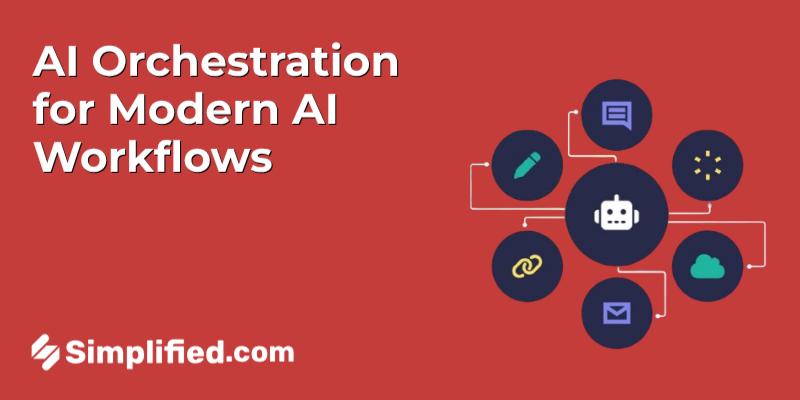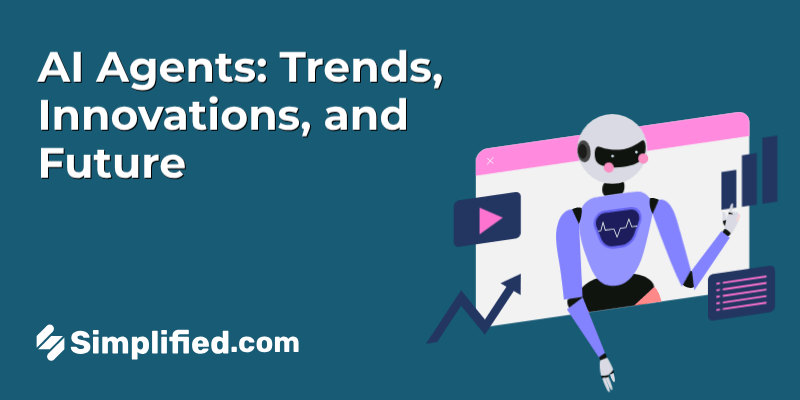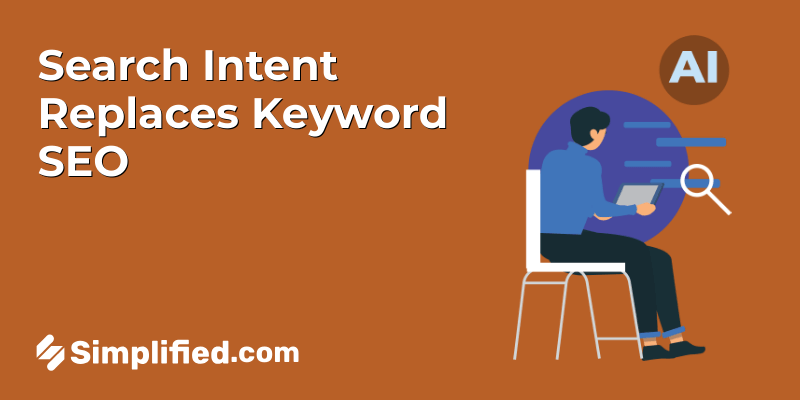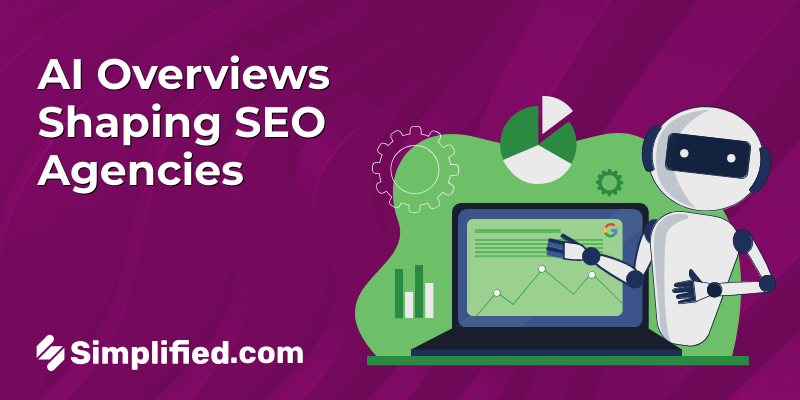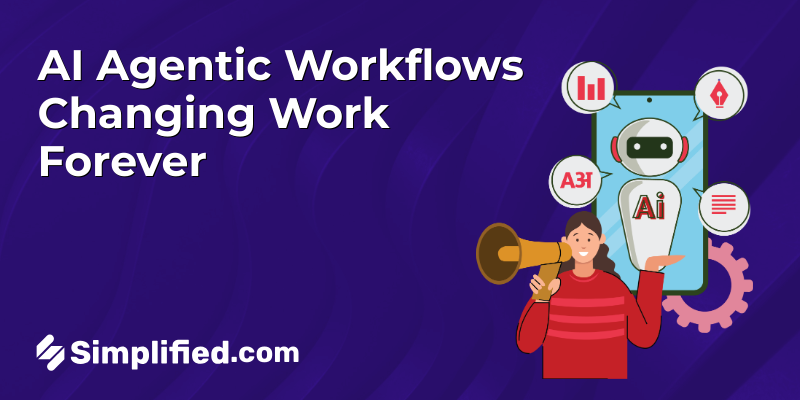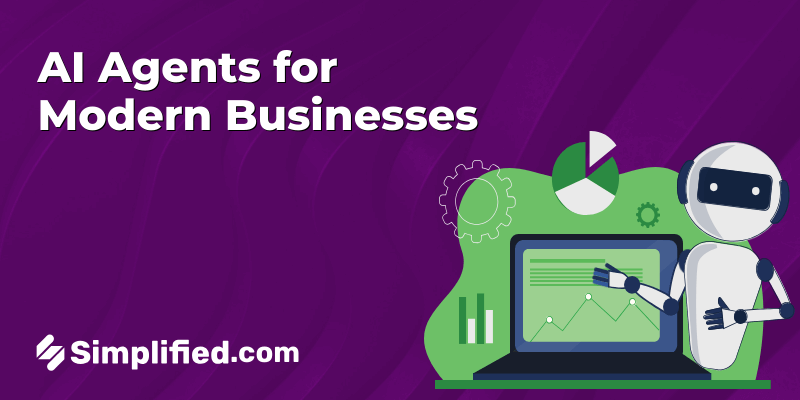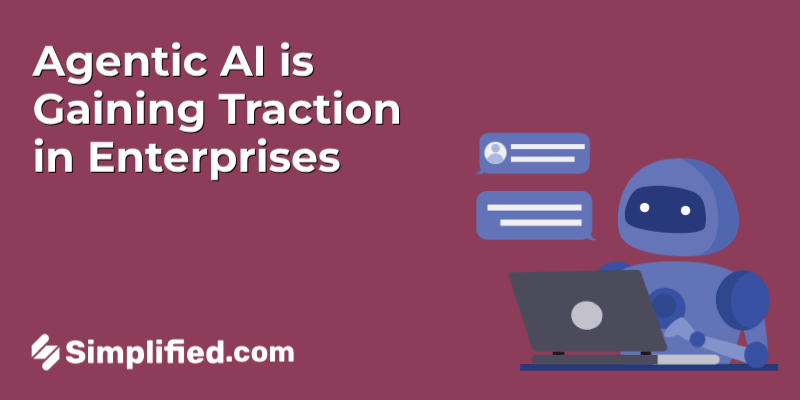
Well, here we are again — talking about yet another flavor of AI. I know what you’re thinking: Haven’t we already automated everything? I used to think the same thing. I mean, we’ve had bots clicking buttons for years, and they’re… fine. But lately, I’ve been noticing something different creeping into the workplace. Something a little more ambitious.
That “something” is agentic AI. At first, it just sounded like marketing fluff to me. Another buzzword cooked up by consultants who really like acronyms. But then I saw it in action — and okay, I’ll admit — it made me raise an eyebrow. It wasn’t just following a script or running through a checklist. It was actually… thinking? Well, as close to thinking as software can get.
So, what makes this “agentic” thing worth paying attention to? Let me try to explain, because it’s not just about faster bots or fancier dashboards.
Why Agentic AI Is the Next Leap
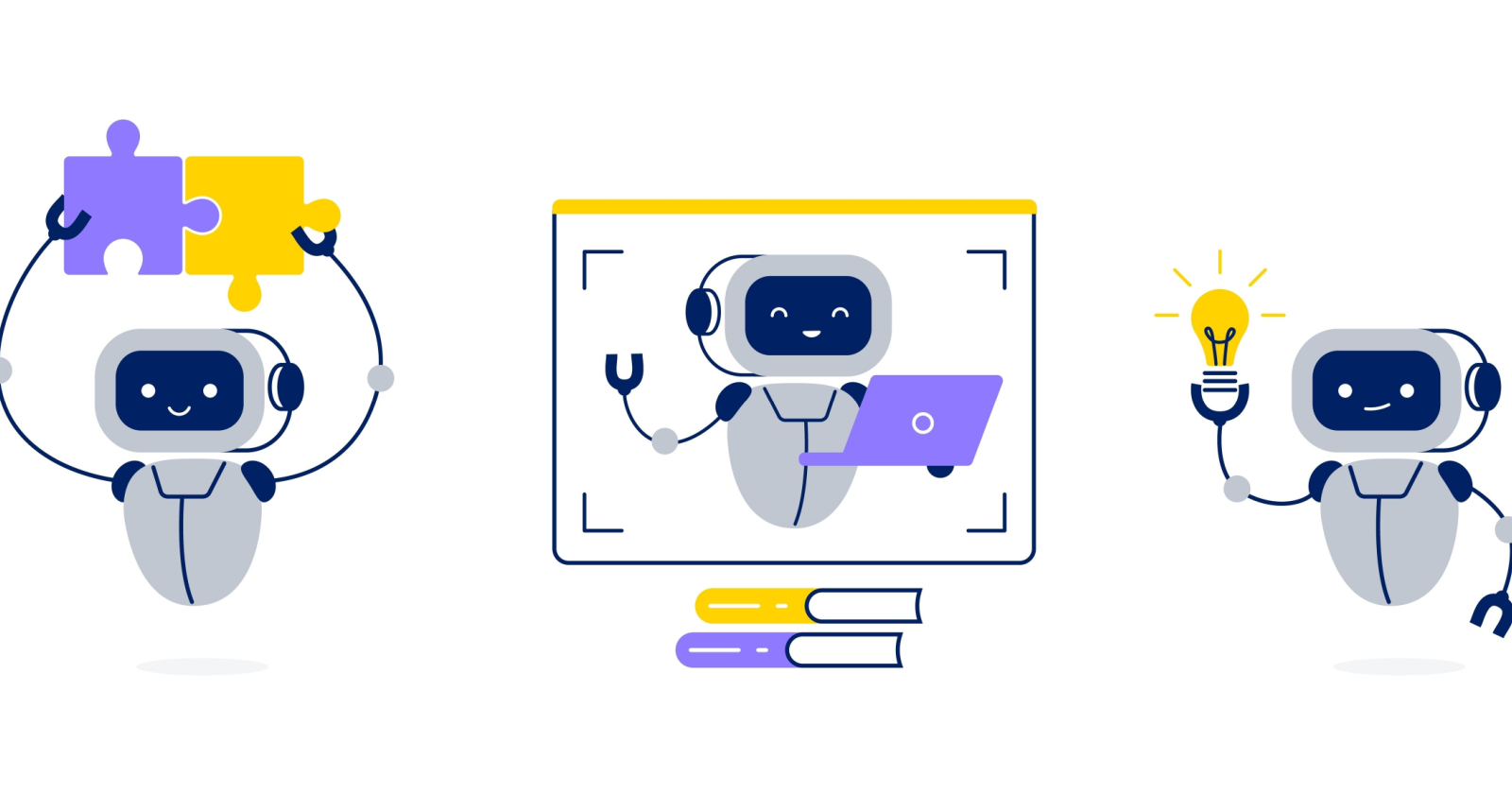
You know, I’ve been watching this whole automation story for a long time — back when macros in Excel felt like pure wizardry. I’d sit there sipping my coffee, pretending to supervise, while my spreadsheet cranked through rows like magic.
But lately… those old tricks just don’t cut it anymore. Honestly? Rule-based bots and even the fancier RPA setups feel kind of stale. They’re fine — until something unexpected happens. Which, if you’ve spent more than a week inside a corporate office, you know happens constantly.
That’s why agentic AI really caught my eye. At first, I’ll admit — I thought it was just another buzzword. Someone pitched it to me over Zoom last year and I actually rolled my eyes. But then I saw it working: a little AI agent that answered a customer’s question, checked inventory, scheduled a follow-up, and sent me a Slack update — all without anyone telling it to.
I just sat there thinking: Wait… it decided to do all that?
It felt… different. Not in a fireworks way, more like noticing the crisp morning air when you didn’t expect to.
Here’s the thing: businesses have squeezed about all they can out of the old automation tools. Agentic AI steps into the messiness — shifting goals, incomplete data, forgotten emails — and somehow figures it out.
So I wanted to write this. Not because I think agentic AI is perfect or magic. But because I believe it’s already changing how we work, quietly but surely. And if you ask me, it’s worth understanding before it shows up unannounced, asking where to plug itself in.
What Sets Agentic AI Apart? (And Why It Feels… Different)
At first, I thought agentic AI was just another bot with a fancier name. I even rolled my eyes a little. But then I saw it in action — and honestly? It surprised me.
Unlike the old bots that mindlessly follow scripts, this thing actually thinks. Well, sort of. It takes a goal, figures out a plan, and adjusts when things go sideways.
I watched one handle a messy customer request — full of typos, missing info, the usual — and instead of freezing or passing it off, it dug through past orders, guessed what the customer wanted, and even checked stock before replying. Not perfect, but… impressive.
That’s what makes it different for me: it feels more like a junior teammate than a robot. It improvises, asks questions when it’s confused, and keeps moving toward the goal instead of getting stuck.
And honestly? In a workplace where nothing ever goes exactly as planned, that kind of adaptability is a big deal.
Bonus: How AI Agentic Workflows Are Changing the Way We Work Forever
So, Why Are Enterprises Interested Now?
You know what’s funny? A year ago, hardly anyone in my circle even mentioned agentic AI. Now? I can’t sit through a single meeting without someone bringing it up — usually with that mix of excitement and mild panic in their voice.
I think what’s happening is this: businesses have already squeezed everything they can out of the old automation tools. Bots are fine… until they aren’t. They choke on messy data, unexpected situations, or anything that doesn’t fit neatly into their little boxes.
Agentic AI, though? It actually handles the chaos. Or at least, it tries — which is more than I can say for most software.
I’ve seen companies use it to tackle customer support backlogs, manage supply chain hiccups, even help draft reports overnight. And they’re seeing real results — fewer tickets stuck in limbo, fewer humans babysitting bots, and faster turnarounds.
Plus — and this surprised me — these agents don’t just save time. They help fill gaps when teams are stretched thin. Like, when you’re missing three people and still need to keep things moving, it feels like having an extra pair of hands (well, digital ones).
So yeah… that’s why enterprises are paying attention now. Not because it’s flashy, but because it actually helps.
Real-World Use Cases Already Gaining Traction
Okay, so here’s the part where things get really interesting.
People keep asking me, “But what can these agents actually do? Like… today?”
And honestly? More than I expected.
Here are a few real examples I’ve seen (or heard about from people I trust — not just marketing slides):
Customer Support
Ah, the classic.
One company I know dumped 1,500 backlog tickets onto an agent and just… walked away.
When they came back Monday morning, the tickets were answered 📞. Not perfect (a few awkward phrasing choices here and there), but customers got real answers, and no one had to pull an all-nighter.
Supply Chain & Operations
This one blew my mind a little.
During a snowstorm in Chicago, an agent rerouted shipments, emailed customers about delays, and flagged a warehouse issue — all while the human team was basically stuck in traffic.
It wasn’t flawless, but it kept things moving when everyone else was… well, stuck in snow.
Software Development
This one’s newer — but promising.
Some teams are letting agents write unit tests, fix minor bugs, and even suggest deployment steps.
The engineers I talked to still review everything (and groan about the formatting sometimes), but they admitted it saved them hours on the boring parts.
To Run A/B Tests
I love this one.
A SaaS product team has an agent that suggests and even launches small A/B tests on their website or in-app flows.
It monitors results in real-time and sends little Slack updates like,
“Test #47: Variant B is showing 12% better sign-ups so far — wanna roll it out?”
It’s like having an overeager junior PM who never sleeps.
Onboarding New Users
One SaaS team told me they built an agent that walks new customers through setup — but not just by spitting out a script.
This thing adapts to each user. If you get stuck connecting your CRM, it pauses, suggests fixes, even offers to handle it for you by making the API call.
And if you’re zipping through? It skips ahead.
They said it reduced churn in the first 30 days by — I kid you not — 22%.
Sales Prospecting & Outreach
One sales director I know told me his team uses an agent to comb through LinkedIn, news sites, and CRM data to find warm leads.
It even drafts personalized emails (some of which are better than what the humans write — awkward to admit) and schedules follow-ups if there’s no reply.
He said their pipeline grew by 18% last quarter, and yeah, the reps had a little more time to… breathe.
Drafting Board Reports & Briefings
This one cracked me up because every exec I know dreads board reports.
But a VP told me his agent pulls data from finance, ops, and HR, and drafts his quarterly update.
All he does now is edit for tone, fix a few clunky phrases, and add his own commentary.
He said it saves him at least three long nights every quarter — which, honestly, sounds like a small miracle.
Internal Audits & Risk Checks
Here’s a big one in finance.
An agent runs nightly checks on expense reports, vendor contracts, and access logs, flagging anything that seems… off.
It even drafted a memo once explaining why an expense violated policy.
They still have humans double-check everything (thankfully), but it’s caught mistakes the team missed before.
And honestly? These are just the early, “safe” examples. The more people experiment, the more creative they get.
Bonus: AI Agents for Modern Businesses: Everything You Need to Know
Key Challenges and Considerations
So, here’s the thing — in an enterprise, everything gets… bigger. And messier.
Rolling out agentic AI in a small team is one thing. Rolling it out across a giant, multi-layered, heavily regulated enterprise? Whole different animal.
Here’s what I’ve seen (and sometimes stumbled through myself):
Data Chaos
Enterprises love data. And they’re also terrible at keeping it clean.
One CIO admitted to me — over whiskey, no less — that half their databases still had customer names spelled three different ways.
When you throw an agent into that kind of mess? It can end up making bad decisions because it thinks “J. Smith” and “John Smith” and “Johnny S.” are three different people.
Not pretty.
Access & Permissions
You know what’s awkward?
When an agent accidentally pulls sensitive HR data into a sales presentation because nobody set the right permissions.
In an enterprise, with dozens (or hundreds) of interconnected systems, figuring out what the agent should and shouldn’t touch is a full-time job.
Too Many Stakeholders
Oh boy.
In an enterprise, everyone wants a say — IT, legal, compliance, operations, marketing… even the janitor sometimes.
I’ve seen projects stall for months because departments couldn’t agree on what the agent was allowed to do.
It can feel like herding cats.
Compliance & Audit Trails
In enterprises, it’s not enough for the agent to just do the job — it has to leave a paper trail you can show to auditors later.
One VP told me they had to build an entire dashboard just to track what the agent was deciding so they wouldn’t get grilled during their next compliance review.
Change Fatigue
This is the one nobody likes to talk about.
Enterprises have already been through ERP rollouts, CRM overhauls, cloud migrations… people are tired.
When you say, “Here comes another shiny new thing,” they groan.
Sometimes you have to drag teams along until they see the value.
So yeah — in an enterprise, the stakes are higher, the politics are stickier, and the margin for error is… basically zero.
But — and I really believe this — if you tackle these challenges upfront, it can actually work. Just don’t pretend it’s easy.
Bonus: AI Agents in 2025: Tech Trends, Innovations, and Future Outlook
Balancing Trust Between Humans and Machines
I’ll be honest — this is the part that makes a lot of people nervous. A recent Prosper Insights & Analytics survey found that over 85% of executives worry about AI misusing their data or invading their privacy. And honestly? I get it. That concern isn’t just valid — it’s necessary.
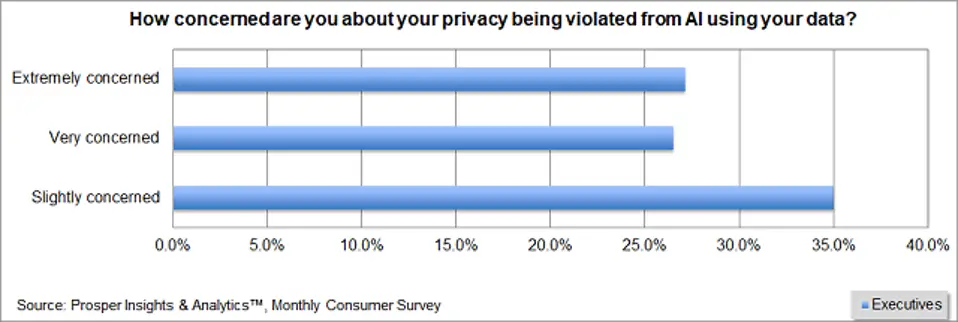
Even though we’ve made progress, there’s still a lot to fix when it comes to keeping agentic AI ethical and unbiased. Companies need to double-check their data sources, make sure their vendors are transparent, and build governance into their AI plans right from the start — not as an afterthought.
And don’t forget the people. As Vishal Bansal put it, you’ve got to help your teams adjust to new workflows and mindsets. That can be tough, especially in more traditional workplaces, but it’s worth the effort.
Trust takes work — both with the machines and with each other.
The Future of Agentic AI in Enterprises
So… where does all this go next? Honestly, no one can say for sure — and that’s both exciting and a little unsettling.
What I’ve been hearing (and seeing) is that enterprises are moving past pilots and experiments. They’re starting to build agentic AI into their long-term strategies — not just as a tool, but as something closer to a collaborator.
We’ll probably see agents taking on bigger, more complex tasks: negotiating contracts, managing entire workflows, even helping shape strategy at the boardroom level. Some folks are even talking about giving agents limited decision-making power — which, frankly, makes me a little nervous but also curious to see how it plays out.
One thing I feel sure about? Companies that focus on trust, governance, and people — instead of just speed — will have a much easier time making this work.
So yeah… the future’s coming fast. And it’s not about replacing humans — it’s about figuring out how we work alongside these odd, sometimes brilliant, sometimes clumsy digital teammates.

